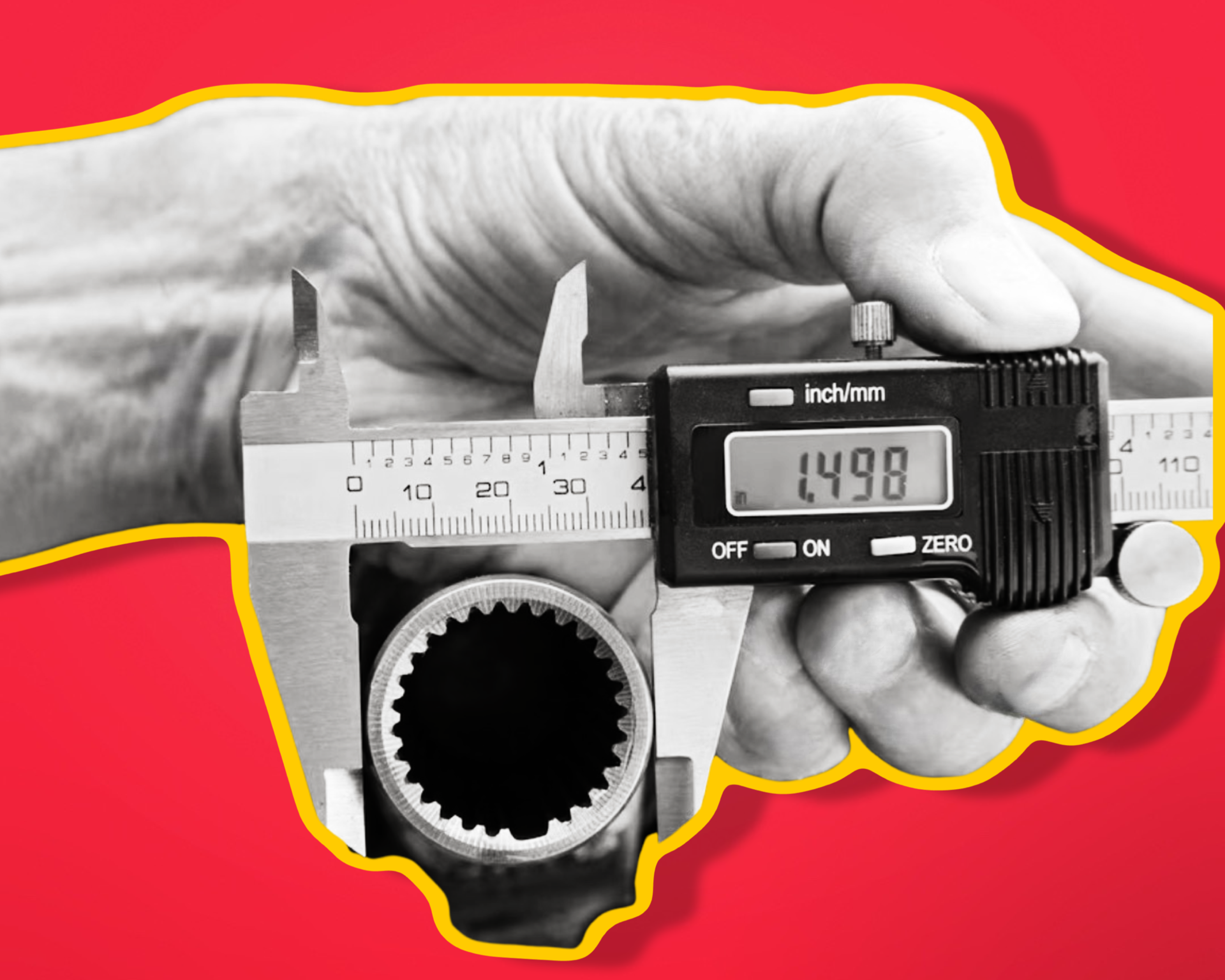A Comprehensive Guide: Finding the Right Tag and Measuring Your Driveshaft

Introduction:
When it comes to maintaining and upgrading your vehicle's drivetrain, having the right information is crucial. One key aspect is identifying the correct tag and accurately measuring your driveshaft. In this guide, we'll walk you through the process step by step, ensuring you have the knowledge needed to make informed decisions for your vehicle.
1. Locating the Driveshaft Tag:
Before diving into measurements, it's essential to locate the driveshaft tag. This small metal plate is often attached to the driveshaft itself and contains vital information about its specifications. Here's where you can find it:
- Underneath the Vehicle: Depending on the vehicle make and model, the tag might be located on the bottom side of the driveshaft. Look for it near the universal joints or the center support bearing.
- Near the Transmission: Some vehicles have the tag mounted near the transmission end of the driveshaft. Check the area where the driveshaft connects to the transmission.
- At the Rear Axle: In certain cases, the tag can be found close to the rear axle, typically near the differential. Look for it on the driveshaft section that connects to the rear axle.
2. Deciphering the Tag Information:
Once you've found the tag, it's time to decipher the information. The tag usually includes details such as:
- Manufacturer: The company that produced the driveshaft.
- Part Number: A unique identifier for the specific driveshaft model.
- Length: The overall length of the driveshaft.
- Tube Diameter: The diameter of the driveshaft tube.
- Universal Joint Size: Information about the universal joints, including their size.
Understanding these details will help you ensure that any replacement or upgrade matches your vehicle's specifications.
3. Measuring Your Driveshaft:
In cases where the tag is missing or illegible, or if you're customizing your driveshaft, accurate measurements are crucial. Here's how you can measure your driveshaft:
- Overall Length: Measure from the center of one universal joint to the center of the other. Ensure the vehicle is on level ground and the suspension is loaded as it would be during normal driving conditions.
- Tube Diameter: Measure the diameter of the driveshaft tube. Use calipers or a tape measure for this task.
- Universal Joint Size: Measure the diameter of the universal joint. You'll need this information when selecting replacement joints.
Conclusion:
Armed with the knowledge of finding the tag and measuring your driveshaft, you're better equipped to make informed decisions about replacement or upgrades. If you encounter challenges or have specific questions, don't hesitate to consult with our experts at KmDrivelineinc.com.
We're here to ensure your vehicle's drivetrain operates at its best! Remember, precision is key when it comes to driveshaft maintenance and upgrades. By following these steps, you're on your way to a smoother, more efficient ride.
Connect with us for all your driveline needs at 718-599-0622